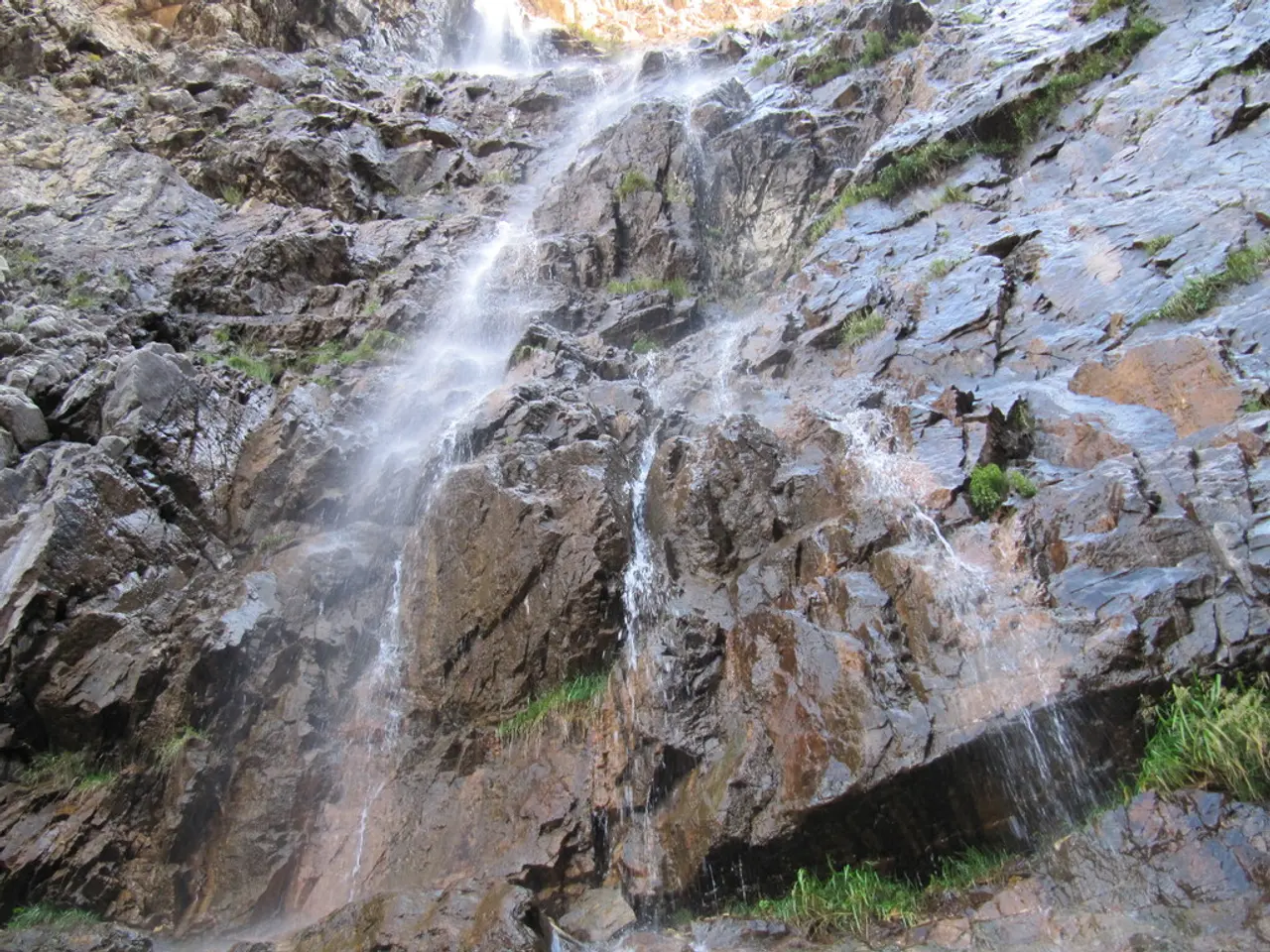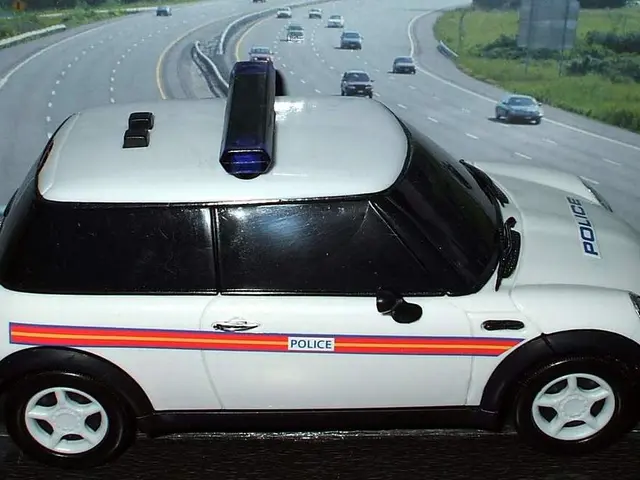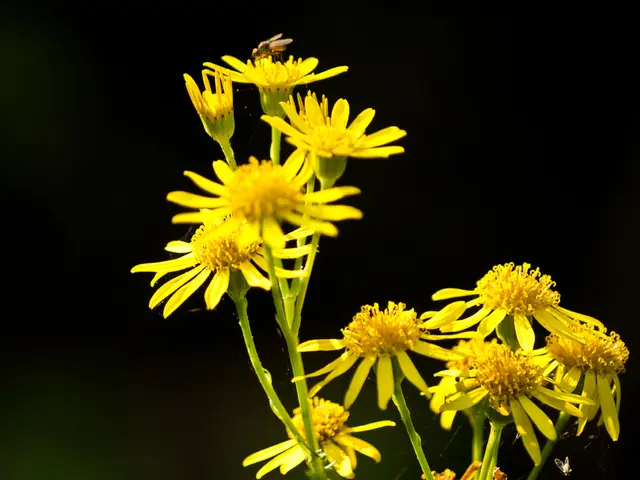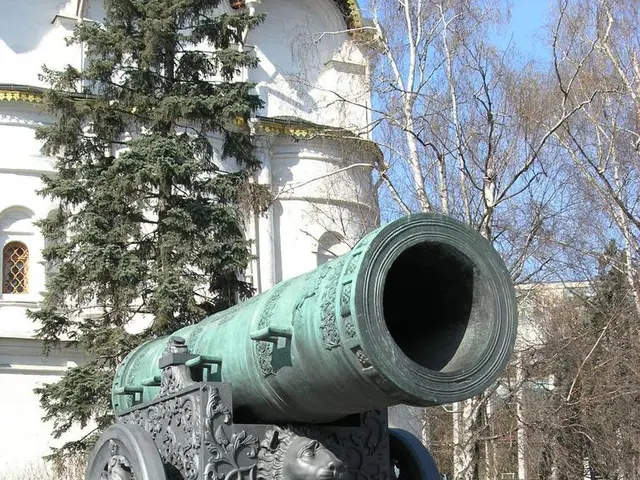Volcanic activity in Iceland raises questions for traveling tourists, with the country's landscape now displaying signs of a bubbling volcano. - Overheating of Iceland's volcano prompts concerns about its impact on tourists' travel plans.
Eruption at Fagradalsfjall Volcano in Iceland: A Guide for Tourists
The Fagradalsfjall volcano, located on Iceland's Reykjanes Peninsula, has recently become active. The eruption began on July 16, 2025, at the Sundhnúkur crater row and has been causing lava flows primarily moving eastward and southeastward into Fagradalsfjall and nearby depressions [1][3].
Although the eruption is ongoing, it remains in a remote area without direct risk to towns, infrastructure, or airports. As a result, precautionary evacuations near Grindavík and the Blue Lagoon area have been conducted safely and in advance, with no reported harm [3]. Emergency services continue to monitor the situation closely.
Despite the ongoing eruption and volcanic gas dispersion, Iceland remains safe for tourists. Flights, tours, roads, and major travel routes, including those around Reykjavík and Keflavík International Airport, are operating normally [3]. For those interested in volcano tourism, guided experiences such as helicopter tours over the eruption site are available, following strict safety protocols [4].
It is essential for tourists to stay updated through the Icelandic Meteorological Office and local authorities for eruption developments and air quality advisories. Additionally, visitors should avoid restricted zones around active eruption fissures for safety. Be alert to volcanic gases and haze conditions, as they may affect sensitive individuals [5]. If evacuation orders are issued, follow them promptly.
Regarding the Vatnajökull glacier, recent reports indicate that the current volcanic activity at Fagradalsfjall and the Reykjanes Peninsula eruption is not impacting Vatnajökull, which lies in a different part of Iceland [1][3].
In summary, while the Fagradalsfjall volcano is actively erupting with lava flows and gas emissions near Grindavík on the Reykjanes Peninsula, the overall situation is monitored and controlled with no current serious impact on tourism or safety across Iceland, including the Vatnajökull glacier region [1][3][4].
For the latest information about the situation on the Reykjanes Peninsula, including updates on the Blue Lagoon and travel advisories, visit the Icelandic Civil Protection website.
References:
- Icelandic Meteorological Office. (2025). Fagradalsfjall volcano eruption. Retrieved from https://en.vedur.is/news/fagradalsfjall-volcano-eruption
- Icelandic Civil Protection. (2025). Current situation on the Reykjanes Peninsula. Retrieved from https://en.vedur.is/news/current-situation-on-the-reykjanes-peninsula
- Icelandic Civil Protection. (2025). Fagradalsfjall volcano eruption updates. Retrieved from https://en.vedur.is/news/fagradalsfjall-volcano-eruption-updates
- Reykjavik Excursions. (2025). Volcano tours during the Fagradalsfjall eruption. Retrieved from https://www.reykjavikexcursions.is/volcano-tours-during-the-fagradalsfjall-eruption/
- Icelandic Civil Protection. (2025). Safety advice for tourists during volcanic eruptions. Retrieved from https://en.vedur.is/safety-advice-for-tourists-during-volcanic-eruptions
The following is added to the list of products for an updated travel guide: 'Icelandic Lifestyle - Living Safely During Volcanic Eruptions' and 'Science of Travel - Fagradalsfjall Volcano Eruption Monitoring: A Guide for Tourists'. Furthermore, the list of travel destinations expands to include experiences such as 'Travel and Weather - Volcano Tourism: Witnessing the Fagradalsfjall Eruption'.




